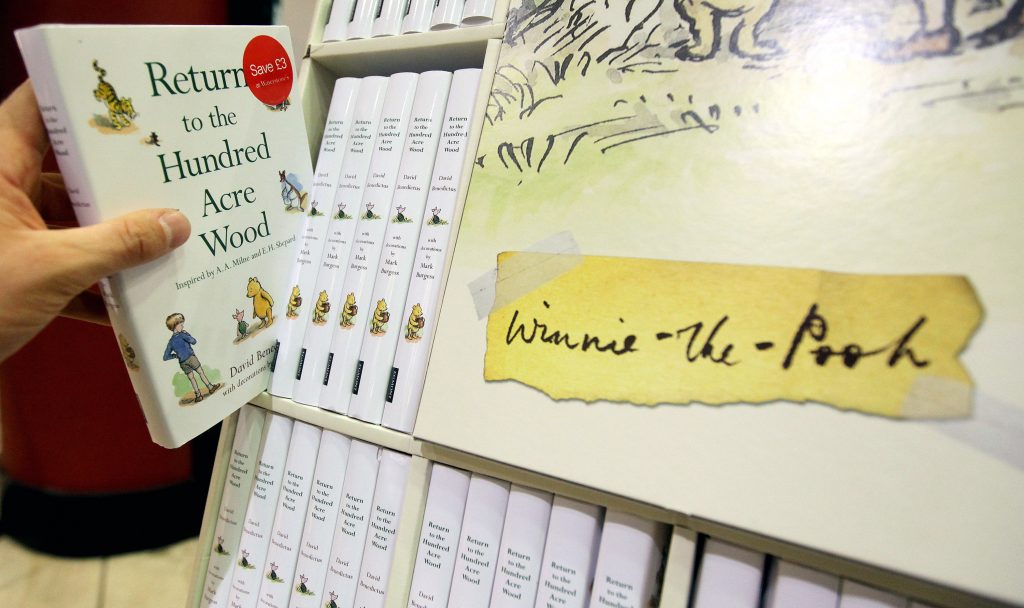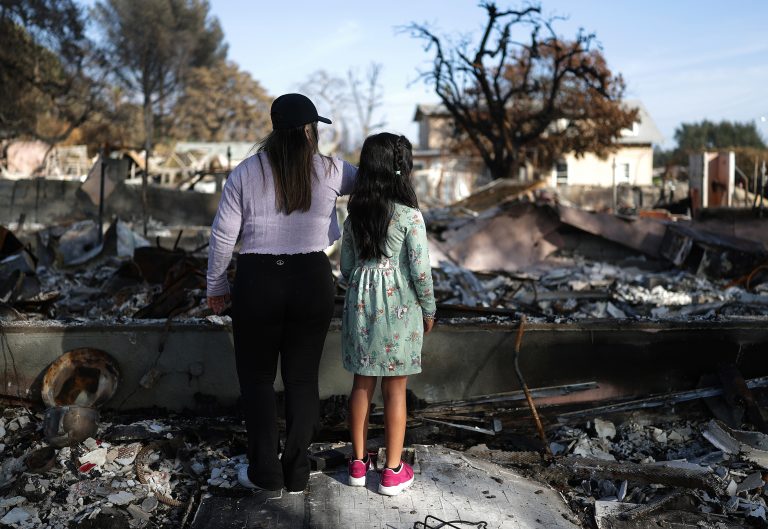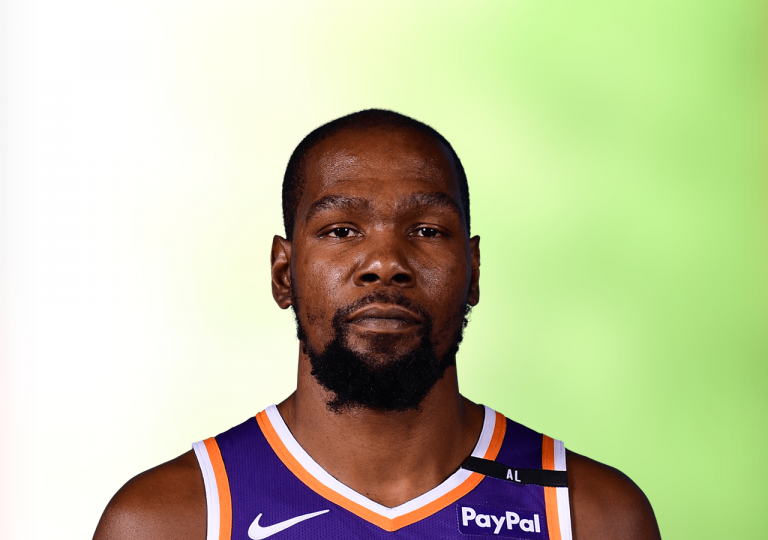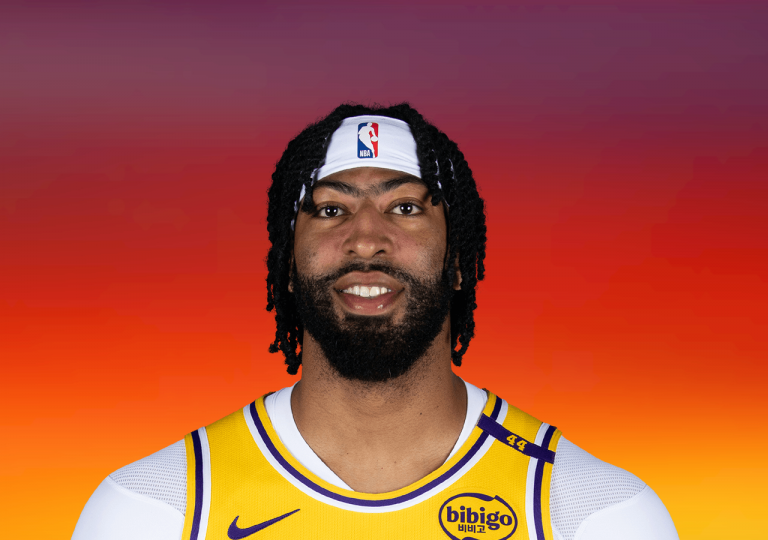

I believed in the green light, the orgastic future that year by year recedes before us. It eluded us then, but that’s no matter — tomorrow we will run faster, stretch out our arms farther … And one fine morning— So we beat on, boats against the current, borne back ceaselessly into the past.
I’m talking, of course, about public domain and the intricacies of copyright law. A few years ago, a 20-year moratorium on published works entering the public domain in the US ended, and now, every January 1 a new collection of previously uncopyable, unmodifiable works is made available to anyone to use, monetize, or turn into something new — including The Great Gatsby.
For people like me, who came of age witnessing the rise of alternatives to traditional intellectual property frameworks like Open Source and Creative Commons, Public Domain Day has become a real holiday. And at some point, every December, I find myself on the website of the Center for the Study of the Public Domain, reading the latest essay by its director, Jennifer Jenkins, about what new works will be entering the commons.
Jenkins isn’t just an expert in copyright and the public domain. She’s a practitioner: She’s co-written an intellectual property law textbook, as well as two comic books about copyright in music and film, all of which are available to download for free. Much to her chagrin, her new book, Music, Copyright, Creativity and Culture, costs $80. I interviewed her for The Highlight podcast, where Vox journalists shine a light on people doing interesting work. The following conversation has been edited for clarity and conciseness. But as always, there’s a lot more in the actual episode.
Jorge Just
Will you start us off with a definition of public domain, and set up the world we’re talking about for people who are not thinking about it?
Jennifer Jenkins
The public domain is the realm of material that is not covered by intellectual property rights and is therefore free for everyone to use and to build upon. You could think of the public domain as public land — like a public park or all of those beautiful public beaches in Hawaii that by law everyone can enjoy.
It consists of facts and ideas and discoveries that our intellectual property system deliberately leaves free so that citizens, artists, journalists, and educators can use that in their own work. It includes our collective cultural and scientific heritage, and the raw materials for free expression, research, democratic dialogue, education, and so forth.
Fun fact, everything from the US government is in the public domain. So all those great James Webb telescope images, everything that NASA produces, speeches that US government officials create in the course of their official duties, everything from the government under the Copyright Act is deemed public domain from the get-go.
Jorge Just
We’re talking about the public domain as a space. But it changes, right?
Jennifer Jenkins
It’s not static. Public Domain Day is the day when works enter the public domain around the world. January 1st, when the ball drops and the clock strikes 12, thousands of works go into the public domain, from being red light to green light. They go from being copyrighted to free.
And so people have really been celebrating that, but in the United States, we have this unusual situation where we froze our public domain for 20 years. In 1998, the conveyor belt just screeched to a halt when we passed the Copyright Term Extension Act. It retroactively added 20 years to the term to all the works that were set to keep going into the public domain every year. And so no published works went into our public domain for 20 years.
And so then what happens in 2019? Conveyor belt starts again. After a 20-year wait, all of the works from 1923 that have just been sitting there start going into the public domain again. People kind of went nuts. It was amazing. And I feel like every year, there’s more and more excitement because we started with works from 1923. And then, boom, boom, boom, we got The Great Gatsby. We had Winnie the Pooh, Steamboat Willie. Just all of these fantastic works from the 1920s started going into the public domain on a yearly basis.
Jorge Just
Now as time progresses, we’ll get into the ’20s, the ’30s, the ’40s, and we’ll continue seeing works that are just massive.
Jennifer Jenkins
You got your Hemingways and your Faulkners and your Virginia Woolfs and your John Steinbecks and you just have all these just amazing literary works.
And then you have the music that was coming out then. I mean, who doesn’t love “Singing in the Rain” or “Ain’t Misbehavin’” or Ravel’s “Boléro,” or Gershwin’s “An American in Paris”? And then you have all these films from directors like Hitchcock, Cecil B. DeMille, King Vidor, John Ford. It’s the Marx brothers. Coming up, we’ve got Betty Boop and Wonder Woman and Superman and Bugs Bunny and all sorts of exciting characters.
Jorge Just
But are we also experiencing a shrinkage of the public domain at the same time?
Jennifer Jenkins
There has been some erosion of the public domain. The copyright term has gotten longer and longer and longer.
The maximum copyright term used to be 56 years. It was an initial term of 28 years with an optional renewal term of 28 years. And 85 percent of works weren’t renewed. After 28 years, all those works went into the public domain. After 56 years, the rest went into the public domain.
Now the term for you and me, it’s life plus 70 years. So let’s say you’re gonna live another 60 years, right? Everything that you create is gonna be copyrighted for another 130 years. That’s a long time. And if Vox owns your creations, it’s a work of corporate authorship, which means the copyright term is 95 years. The term has gotten longer and longer, and so that means the public domain, the realm of copyright-free works has shrunk.
Jorge Just
Right, and I feel like if you’re a 15-year-old now, the classics of whatever the generation before you are really far out of reach in a lot of ways compared to how they were before.
Jennifer Jenkins
That’s what my students often tell me. They’re in their 20s, and nothing that’s created in their lifetime is probably going to go into the public domain in their lifetime. And so that’s just a seismic shift from the way the world used to be, where people could confidently expect a lot of the creativity from their era, their epoch to go into the public domain sometime within their lifetime.
Jorge Just
Right. And on top of that, it feels like it’s a much taller order for something to maintain being in the public consciousness. There’ll be a lot more lost work.
Jennifer Jenkins
I ask my students to think about things from this year that will be public domain in 2121. Think of every single thing that’s gonna be created: every photograph, every song, every ditty, every poem, the papers you just wrote for this class, just every creative work that’s gonna be generated by someone somewhere in 2025. And tell me what percentage of that entire corpus of our cultural snapshot is still gonna be generating money for anyone in 2121. First, they go to the “Seven Nation Army” song by the White Stripes, because of propagation through every single sports game ever. And they say Taylor Swift. Maybe they’re right. Maybe they’re wrong. They say Kendrick Lamar. They say Hamilton, which I think they might be right. But at any rate, that’s a tiny, tiny slice of culture.
Jorge Just
I would bet money against Hamilton.
Jennifer Jenkins
The problem is that we give the same copyright term to everything. So all of these thousands of works that after 50, 60, 70, 80 years are not benefiting a copyright holder at all because they’ve been out of circulation and forgotten for decades, they’re still technically copyrighted. And the public is locked out of using them. That’s not good, sound cultural policy. If works aren’t benefiting anyone, they should go into the public domain where some fans somewhere, some enthusiasts, some scholars, some journalists, some historians, some high schoolers, some student could say, “Wait, listen, look what I found online. This is really cool. And I think I’m gonna make my version for it or I’m gonna put it in my collection.”
Jorge Just
Right, and it’s not just that. It’s culture-making. Just look at last year. Two of the major cultural products were indebted to the public domain. You had Wicked, whose source was L. Frank Baum. And then the National Book Award winner, right, is James, a retelling of Huck Finn, by Percival Everett.
Jennifer Jenkins
Exactly. Huck Finn from the perspective of Jim, his friend who was an escaped slave. The New York Times summed it up well, they said Huck Finn‘s a masterpiece, but this retelling might just be, too. And that’s a great example because Mark Twain famously wanted copyright to last forever.
Jorge Just
I’m sure I found this on your site, but it seems like Superman will hit the public domain in 2034 and Batman in 2035.
Jennifer Jenkins
Yeah, we’ve got some goodies coming up.
Jorge Just
But you don’t think that’s gonna create pressure to change the copyright term?
Jennifer Jenkins
Even if there is a push to change copyright terms because of these amazing characters that are going into the public domain … The push is one thing and the lawmaking process is another.
Even if there is a push, I don’t see it going through Congress because if we lengthen our term, we would be out of sync with the rest of the world. It’s just so well documented the harms that the long term has caused. Now, I’ve been proven wrong about many things. But that’s at least my prediction.





